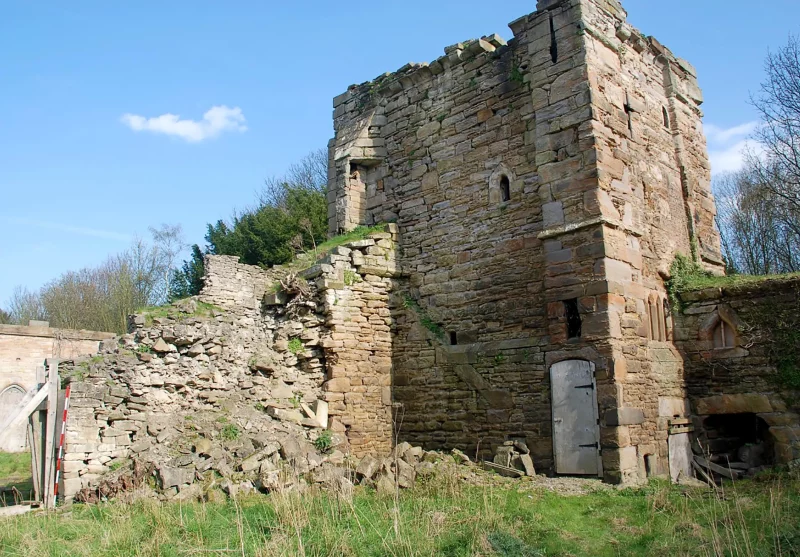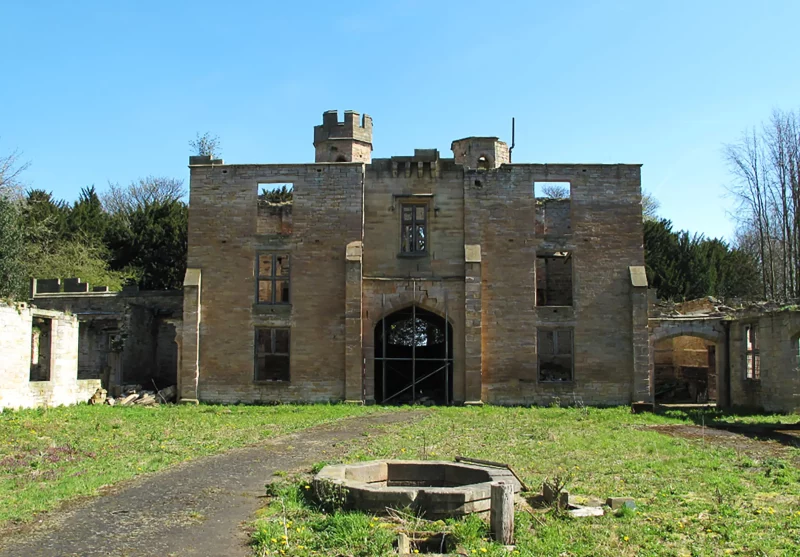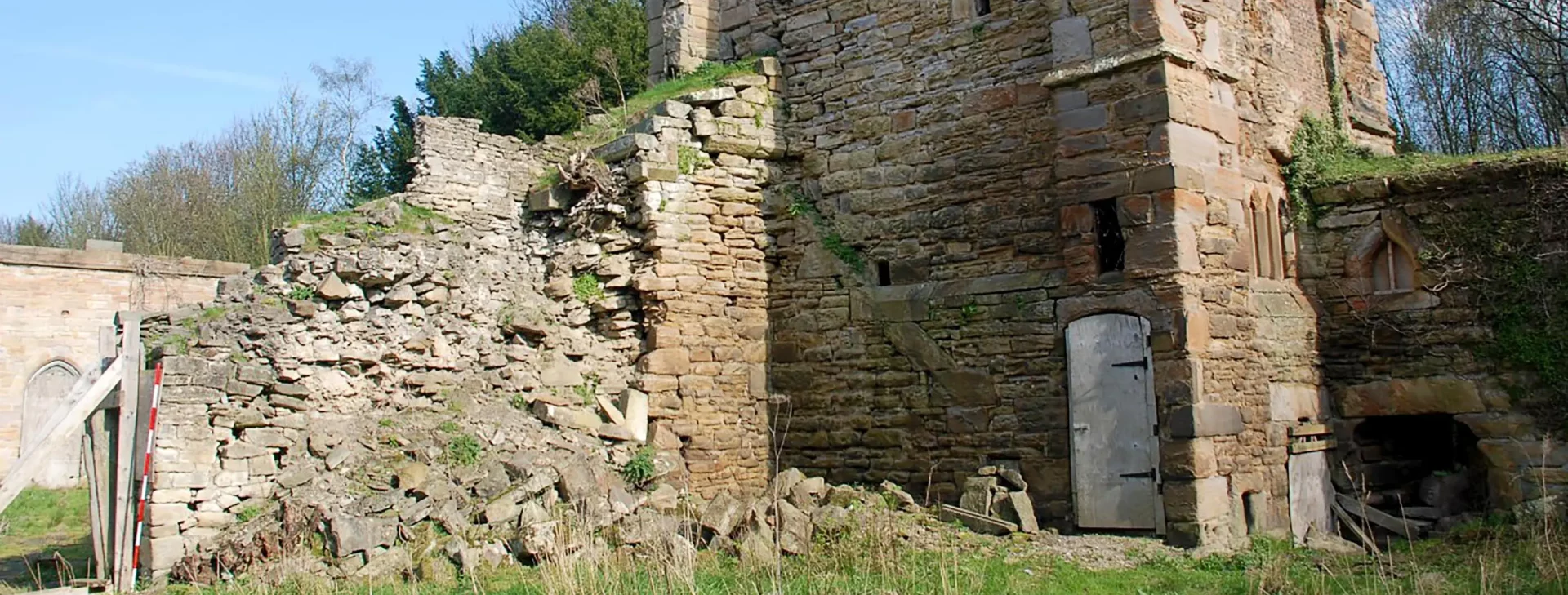-
Clients
Beaumont Brown Architects (on behalf of English Heritage and Gateshead Council)
Ecus Archaeology provided conservation management, watching brief and survey services to Beaumont Brown Architects.
We have been involved with Ravensworth Castle since 2006. Initially, working with the North of England Civic Trust (NECT) on the preparation on a Conservation Management Plan for the site – analysing the complex history and architectural development of the castle, assessing its heritage significance and considering how this might be at risk. More survey and recording followed over the years. Ecus Archaeology’s most recent visit was in 2014 for further assessment and a watching brief during stabilisation works.
John Nash’s involvement with Ravensworth began in 1810, when the then owner, Henry Liddell, commissioned the celebrated architect to design an extensive country house on the site of the former medieval castle, near Gateshead. Built in the Picturesque Gothic style, the new house was one of the most impressive of Nash’s ‘castle’ country houses, and the largest in the north east. Covering nearly 2ha, the complex was resplendent with crenellated turrets and towers, fan-vaulted halls, battlements, a lake, two impressive gatehouses and a towered gateway.

Nash’s incorporated the remains of the original medieval castle into his designs for the house. This had begun in the late 13th-century as a medieval hall – the administrative centre of the surrounding manor – and been expanded and developed over the centuries to serve the changing needs of its wealthy occupants. In the early 14th century a solar tower was added to the hall (the medieval north tower) and in the late 14th or early 15th century, three additional towers and a curtain wall were built, forming a quadrangular castle. Only the two medieval towers and a section of curtain wall survive above ground today. In the 18th century, a new Palladian villa was constructed to the west of the two surviving medieval towers. This was later demolished by Nash.

By the early 19th century the property had passed to the Liddell family, later Lords of Ravensworth. They were important coal barons and part of a cartel with considerable political power both regionally and nationally. However, by the early 20th century, with soaring costs in maintenance, the Liddells abandoned Ravensworth in favour of Eslington Park in Northumberland. Nash’s country house fell into ruin and was partially dismantled in the 1930s, apparently due to subsidence. Most of it was demolished in the 1950s. Today, only the two medieval towers, the stable block, Nash tower and fragments of the servants’ wing and kitchen survive as testimony to Nash’s ‘grand design’.

